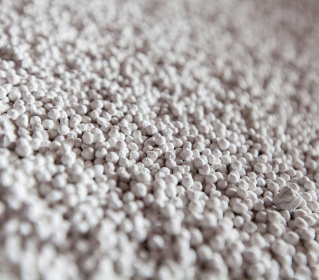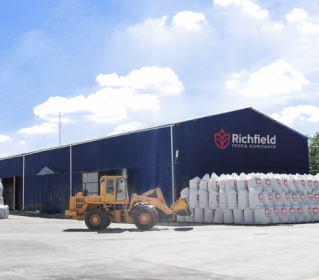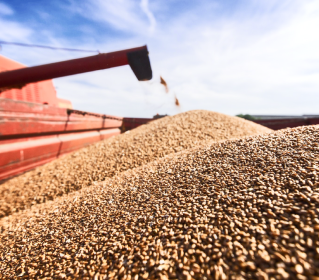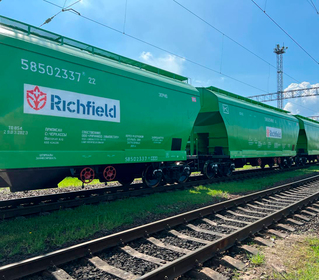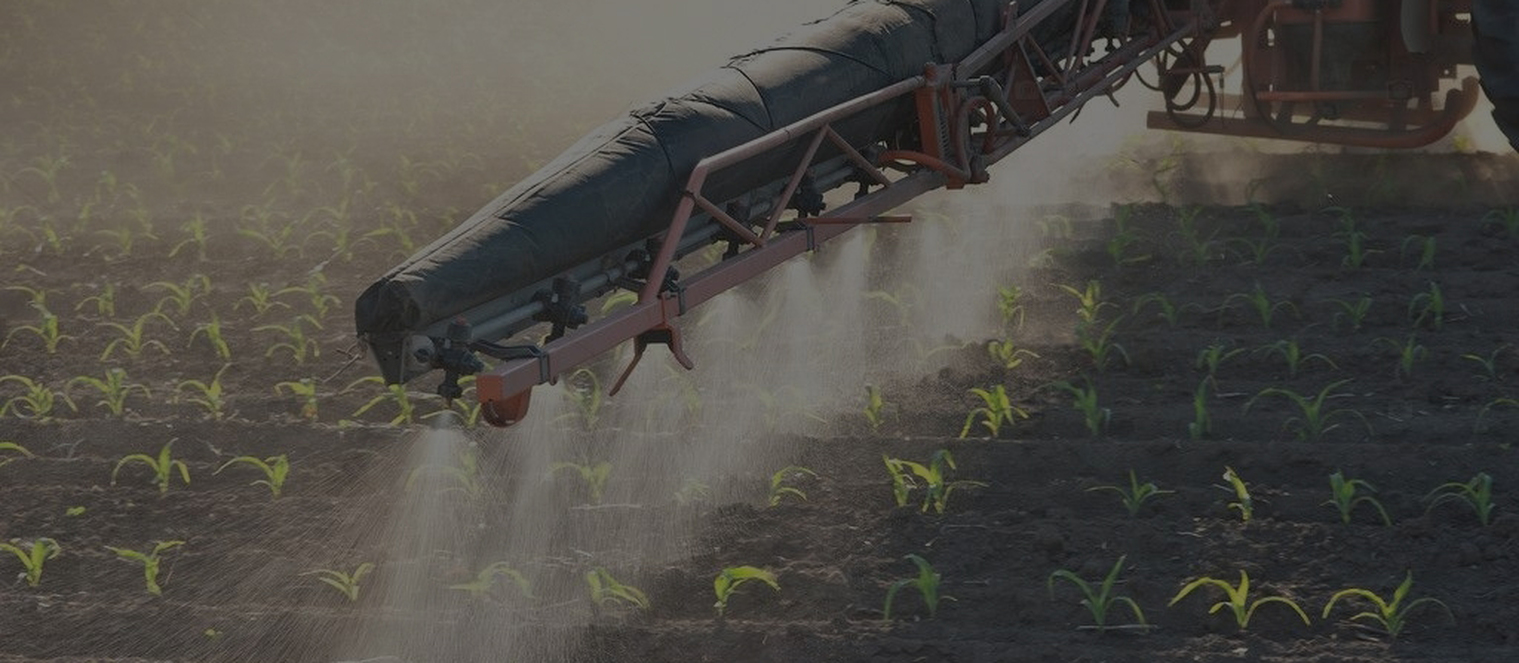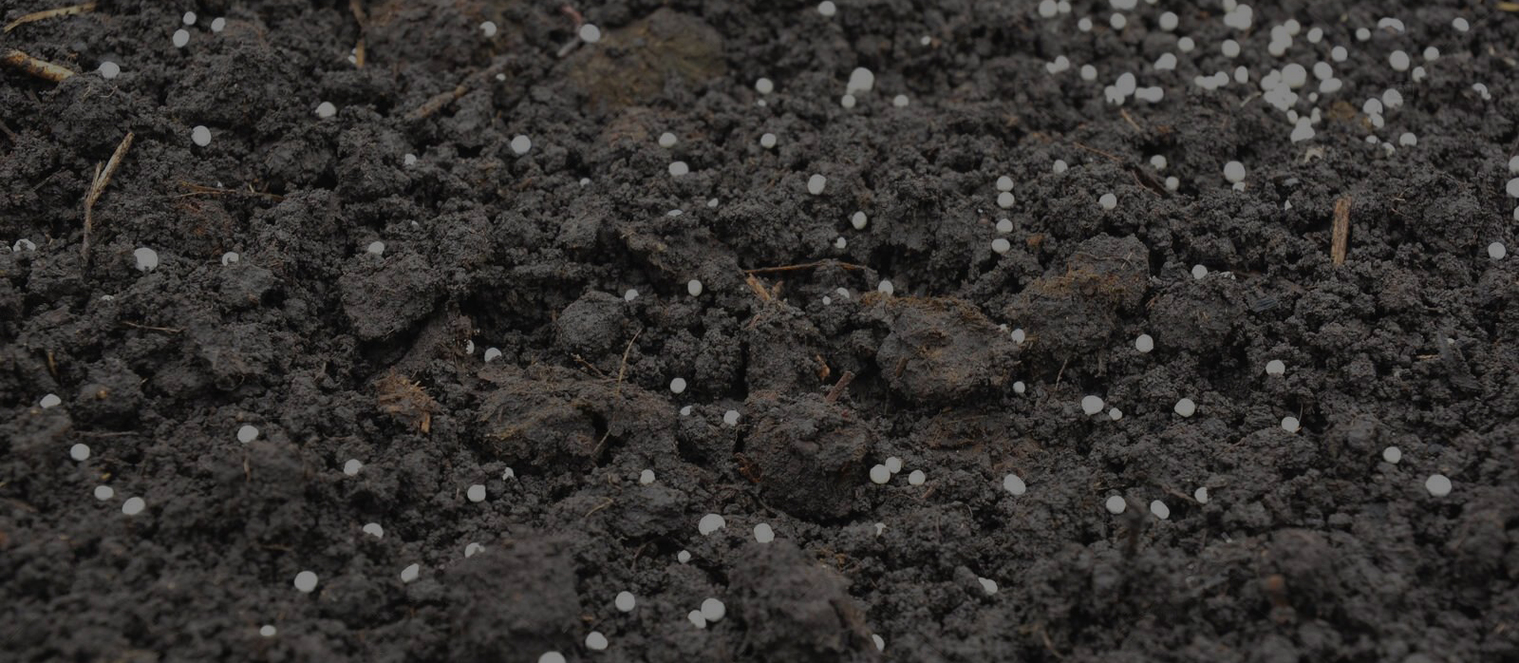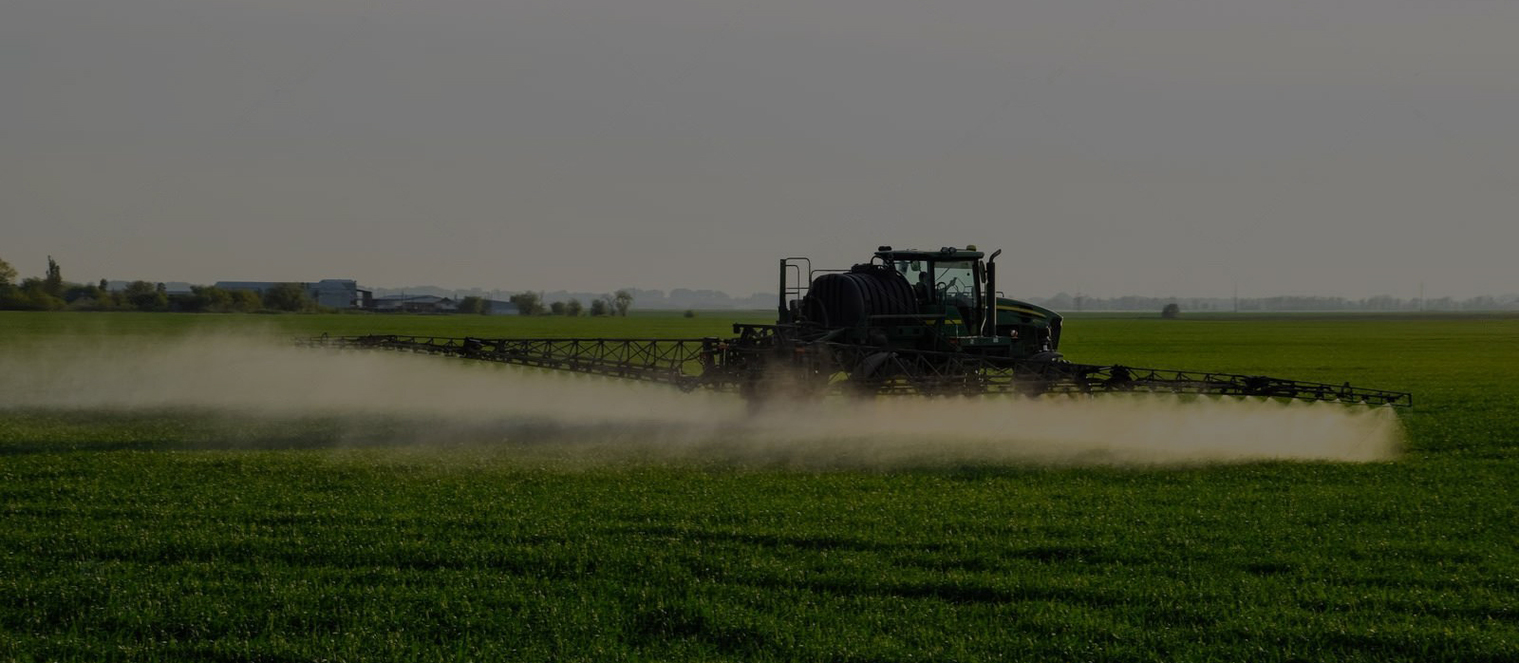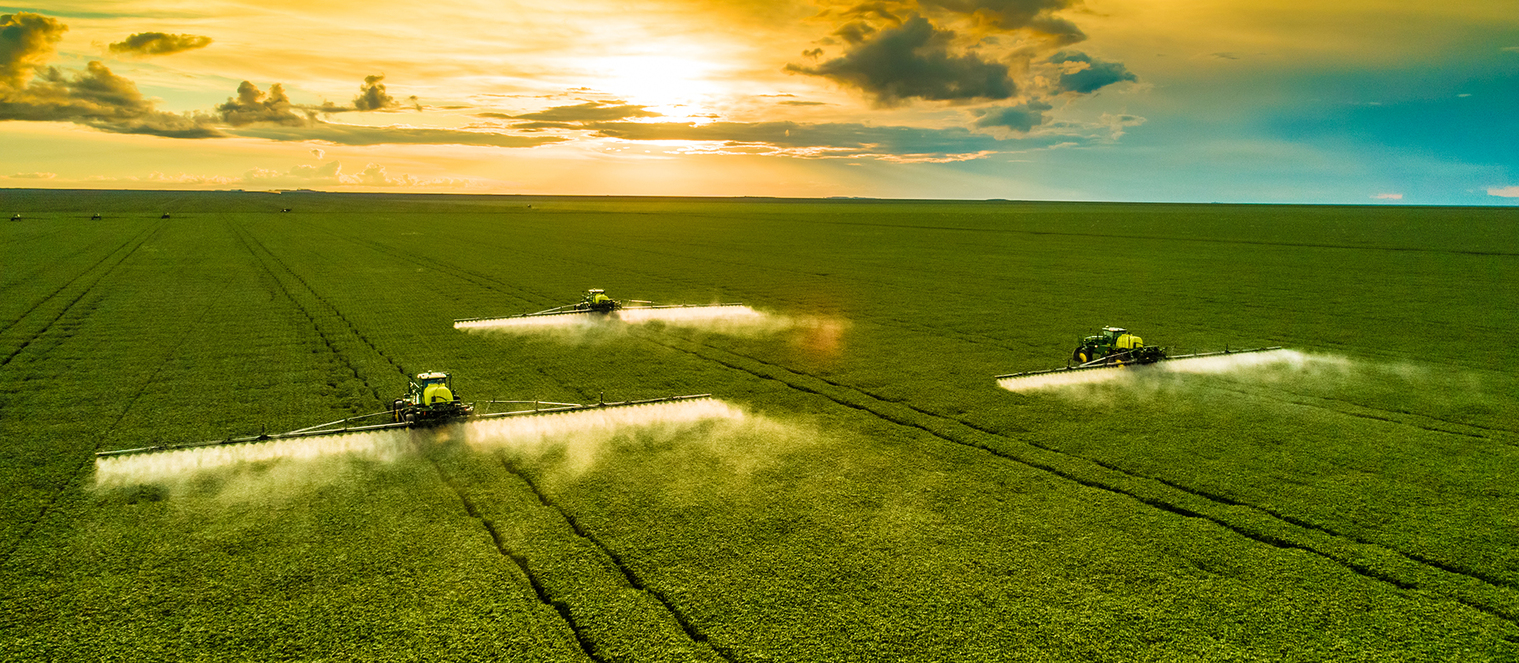
Features of the use of phosphate fertilizers
Features of the use of phosphate fertilizers
The effectiveness of phosphorus fertilizers depends on their properties, methods of application, zonal characteristics of soils and established optimal norms. Almost all types of soils of Ukraine phosphorus fertilizers give a significant growth of crops, but are most effective on soils of soda-sub-salt and black earth (table).
Payback of moderate doses of phosphorus fertilizers with balanced nitrogen-potassium plant nutrition according to field experiments of the agrochemical service of Ukraine
|
Area, soil |
Payback 1 kg P205 fertilizers with increased yield, kg |
||||
|
Winter wheat |
Barley Spring |
Potatoes |
Sugar beets |
Sunflower |
|
|
Polesje, Carpathians |
|||||
|
Sod-podsolists |
5,0 |
7,0 |
37 |
— |
— |
|
Forest steppe |
|||||
|
Black Earth typical |
3,7 |
3,2 |
17 |
26 |
3,5 |
|
sub-golds and dark gray woods |
3,5 |
6,5 |
40 |
90 |
— |
|
Grey Forest |
4,7 |
8,8 |
40 |
90 |
— |
|
Steppe |
|||||
|
Ordinary BlackLands |
7,3 |
4,8 |
- |
27 |
2,0 |
|
South |
5,0 |
5,0 |
— |
— |
2,2 |
|
Dark chestnut |
2,3 |
1,8 |
- |
- |
- |
In the case of phosphorus fertilizers, the following dependence is observed: the higher the content of moving phosphorus compounds in the soil, the lower their effectiveness. However, this pattern is only visible to a certain limit. Thus, as a result of the generalization of data of numerous experiments on fertilization of winter wheat in Ukraine, it was found that its productivity after the introduction of phosphorus with more than 120 kg/ha did not increase even when doses of nitrogen and potassium fertilizers increased by 1.2-2 times. After the use of phosphorus fertilizers, you can additionally obtain or lose them without their use up to 0.7 tons/ha of winter wheat and 8.0 tons/ha of sugar beet root vegetables.
According to modern ideas (J. Johnston, etc., 2015), the use of phosphorus fertilizers should be associated with a critical level of moving phosphorus compounds characterized by two groups of phosphates: soil phosphorus (concentration P205)and easily accessiblephosphorus, which goes into olsen extract.Plants are advised to use the ratio of phosphorus production with the harvest of commodity products to the content of phosphorus with fertilizers (the balance of the useofphosphorus from fertilizers and soil) in a compatible with this content of available phosphorus in the soil. close to 100%, there is a balance between the extraction of phosphorus with the harvest and its consumption of fertilizers.
Doses of phosphorus fertilizers are set taking into account the level of planned yields, biological characteristics of crops, type, granulometric composition and agrochemical properties of soil, precursors, availability of other types of fertilizers. In basic fertilization usually contribute from 40 to 120 kg/ha P2О5.
If we bring the content of moving phosphates in the soil to the optimum level, then in the future phosphorus fertilizers can be used only to compensate for phosphorus extracted by plants and lost as a result of erosion, as well as to obtain stable crops. Persistent use of phosphorus in soils is ineffective and economically unjustified.
However, even with high enough concentrations of moving phosphorus compounds in the soil, the concentration of phosphate ions in the soil solution may not be sufficient to fully ensure the first stages of growth and development of young plants. Therefore, the obligatory agrotechnological event on all soil types is the beginning (row) of the use of phosphorus fertilizers at a dosage of 7-20kg P2О5/ha. However, the seeds of some crops (corn, sunflower) are very depressing from contact withfertilizers.
Now little attention is paid to the string method of using phosphorus fertilizers. To some extent, this can be explained by a reference to the experience of Western European countries and to the fact that it is much easier to produce seeded seeds only. However, it should be noted that most soils in Ukraine in their natural state contain available forms of phosphorus in insufficient quantities for optimal nutrition of plants. In addition, the use of phosphorus fertilizers in Ukraine's agriculture has been drastically reduced. This is also an important factor, as only with the regular introduction of phosphorus fertilizers in large quantities there is no reaction of plants to their use.
In conditions of uns approved and insufficient humidity, the efficiency of fertilizers significantly depends on the depth of their packaging in wet soil. The phosphorus from the fertilizer is best absorbed when they earn 10 -20cm in the soil layer. 10 times more absorbed than from the lower season; at the end of the current season, the benefits of deep fertilizer were observed.
The degree of solubility of phosphorus fertilizers does not always coincide with their fertilized value.
Semi-soluble and insoluble phosphorus fertilizers are used mainly for crops such as lupin, buckwheat, rye, peas, mustard, absorbing phosphorus better than other crops. The effectiveness of phosphorus fertilizers is enhanced for their use against the background of manure and other organic fertilizers. At the same time, iron and aluminum are bound by organic substances, which reduces the deposition of "insoluble phosphates" and increases their solubility.
The effectiveness of phosphorus fertilizers is also associated with the reaction of soil solution. On the soil, having accumulated, the positive effect of phosphorus fertilizers applied to winter wheat is enhanced by a decrease in soil acidity to pH 5.6, and on more alkaline soils it weakens. Therefore, the limization of acidic soils is one of the measures to increase the efficiency of phosphorus fertilizers. On low-acid and alkaline soils, the effectiveness of fertilized phosphorus fertilizers is reduced compared to superphosphate. Therefore, phosphorus fertilizers should first be used on acidic soils to use soil acidity to increase their solubility. Superphosphates on acidic soils should be used locally for sowing or during crop planting, as they quickly turn into highly soluble forms. Next-side fertilization ensures that fertilizers are placed near plant seeds and reduces the duration of their interaction with the soil until the period of active absorption. The positive effect of fertilizer localization is explained by the reduction of phosphorus fixation due to the interaction of fertilizers with a smaller volume of soil, the creation of zones at the roots of plants high in moving phosphates. In studies with 32P it was found (B.S. Nosko, 2017), that when phosphorus fertilizers are evenly mixed with soil, about half of the phosphorus is absorbed within the first 2 hours, and the rest - within a few days.
The rate of absorption of phosphorus by the soil can depend on two ways: saturation of soil colloids with phosphates and localization of phosphorus fertilizers. When spreading phosphorous fertilizers to completely saturate soil colloids requires very high doses of phosphorus fertilizers. With local use of phosphates phosphates are absorbed only on the periphery of the fertilizer tape, inside the cell they remain in easily accessible to plants form. This contributes to better provision of phosphorus plants during the season, as well as to increase yields and the utilization rate of phosphorus fertilizers. Local use of phosphorus fertilizers for cereals, potatoes and other crops increases their effectiveness by 20-25%. On soils sufficiently equipped with mobile forms of phosphorus, as well as in the cultivation of crops that intensively assimilate it (lupin, peas, buckwheat, etc.), the different soluble of forms of mineral fertilizers does not matter much. However, on soils of low-acid or close to neutral, low in moving phosphates, in particular when growing crops requiring large phosphorus at the beginning of growth, preference should be given to easily soluble forms of phosphorus fertilizers.
To reduce the interaction of phosphorus fertilizers with the soil and prolong the period of active absorption by plants, they are treated with special polymers. The polymer forms a negatively charged shell around phosphate ions, which protects against the formation of strongly soluble compounds with ions of other substances in thesoil.
In addition to 5-valent phosphorus in the form of phosphate-ion RO3-4 (in which it is found in almost all known fertilizers), it is proposed to use 3-valent phosphorus in the form of phosphate-ion (RO3-5) to foam feeding.
To eliminate phosphorus deficiency in agriculture, phosphorite flour should be used more. Phosphate flour can be quite effective on large areas of soil, as evidenced by numerous experiments by scientific institutions and production practices. It is also used for soil phosphate (up to 300 kg P2O5/ha) for the most sensitive crops (fruits, berries, perennial herbs, sugar beets, potatoes, etc.).
For the first time in Ukraine (A.I. Dusuchkin, A.V. Azure, 1948; 1955) proposed a one-time enrichment of soils with large doses of phosphorus fertilizers as a measure of local fertility of black earths and poorly insulated soils, which at high gross reserves have low availability of phosphorus for plants.
Phosphate has some organizational and economic advantages over the annual use of phosphorus fertilizers. Providing plants with phosphorusphosate and phosphorusdock in termsof efficiency is equivalent to other methods of usingphosphorus fertilizers.
Research by the Chernigov Institute of APM (V.Y. Kharchenko, 2005) on the soils of the dol-podschalyhnyh of the left bank of the Polis (pH salt 4.4, The content of moving phosphates by the Olsen method 102 mg/kg) has establishedthe effectiveness of the action andpost-development in connection with the crop rotation of Volynsky and Khoshan phosphate.
0.27-0.35 t/ha. The introduction of phosphorites into the reserve (P180) provides an increase in the yield intheaffiy 0.56-0.71/ha.
The advantages of the spare use of phosphorus fertilizers for sugar point beetroot are also at the Black Earth Deep Kharkiv Research Station (P.G. Nayadin, 1970), the Black Earth Ice Beale of the Church of the State Breeding Station (L.A. Barstein et al., 1998) and the black-earth subsal Of Moldova (3.I. Nakonechnaya, 1988). In experiments conducted on the black-earth sub-green (A.S. Perebyuk, 1972; A.T. Martyniuk, 1990), sugar beet for each increase in soil phosphate levelsreacted to the increase in the crop of root vegetables.
Feeding phosphorous fertilizers containing water-soluble phosphorous compounds for inter-row crops provides a positive result only when, for certain reasons, they have not been sufficiently introduced into the main fertilization. Transferring some of the phosphorus to feeding is impractical.
Frotic feeding with phosphorus fertilizers is economically unjustified, as low-concentrated solutions must be used to avoid baking leaves, and they are virtually unused in production conditions, except for joint use with other agrochemicals and pesticides.
Currently, in agriculture in Ukraine there is a significant shortage of phosphorus, so the introduction of the main doses of phosphorus fertilizers should be focused on arable soils with insufficient content of moving phosphorus compounds (less than 100 mg/kg of soil). On soils high in movable phosphates (100-150 mg/kg) it is necessary to ensure the string use of phosphorus fertilizers for the most valuable crops - winter wheat, corn, legumes, canola, sugar, flax. On soils high in content (150 mg/kg or more) phosphorus fertilizers cannot be temporarily (for several years) used. This approach allows us to get the highest payback of these expensive carcasses in the economy.
The absorption of phosphorus by plants, the effectiveness of fertilizers and residual phosphates in the soil increases with sufficient provision of plants by other elements, in particular trace elements. In turn, the optimal content of phosphorus in the soil increases the efficiency of other types of fertilizers.
Analyzing the set of measures of influence on the phosphate regime of soils on formal grounds, three main directions were identified (P.E. Yeleshev, A.L. Ivanov, 1991). 2. Biotechnology component of agrobiocenosis: use of manure, lateral, post-harvest residues, stimulation of soil organic mineralization processes. The third group of measures tends to have a theoretical direction to find ways to stimulate the mobilization of phosphorus compounds and inhibit inactivation processes (there is a relationship between potentially accessible and directly available forms of phosphorus).
These positions set out the following main areas of impact on soil phosphate (B.S. Nosko, 2017):
-
Doses of fertilizers;
-
Terms of their introduction;
-
Forms of fertilizers;
-
Ability to use phosphate inhibitors and other measures that stimulate more complete use of soil reserves (optimization of the ratio P: N).
Agrochemicals
-
Substantiation of alternating cultures in crop rotation (taking into account the removal of phosphorus and influence on the phosphate regime of soil);
-
Use of siderates and post-harvesting remains;
-
Maintenance of optimal moisture conditions;
-
Methods of soil cultivation.
Agrotechnological:
-
Lapsing sour soils;
-
Gypsum of salt soils.
Meliorative:
Согласно современным представлениям (J. Johnston, etc., 2015), использование фосфорных удобрений должно быть связано с критическим уровнем содержания движущихся фосфорных соединений, характеризующихся двумя группами фосфатов: фосфором почвы (концентрация P205) и легкодоступным фосфором, который переходит в экстракт олсена. Оптимальный урожай не может быть достигнут при содержании доступного фосфора для растений ниже критического уровня. Растениям рекомендуется использовать соотношение добычи фосфора с урожаем товарных продуктов к содержанию фосфора с удобрениями (коэффициент баланса использованияфосфора из удобрений и почвы) в совместимом с этим содержанием доступного фосфора в почве. , по значению этого коэффициента, близкого к 100%, существует баланс между добычей фосфора с урожаем и его потреблением удобрениями. Если значение коэффициента баланса 100%, добыча фосфора с урожаем превышает его урожайность удобрениями, то запасы фосфора истощаются.
The publication created using the following materials:
Господаренко Г. М. Система застосування добрив / Григорій Миколайович Господаренко. – Київ: ТОВ "СІК ГРУП УКРАЇНА, 2018. – 376 с.
